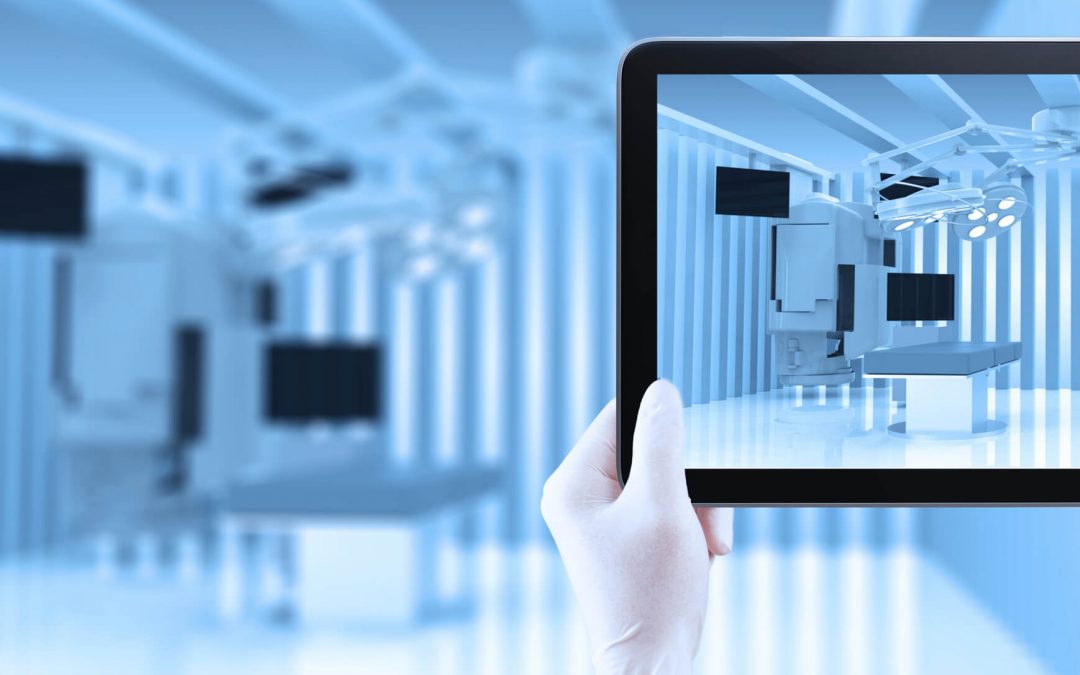Many recent technological innovations ended up expanding the field of medicine. For some specialties, the advances are even bigger, like the use of teleradiology by image professionals.
How was teleradiology born?
Radiology is a medical specialty that uses captured images of the human body function and structure. Several instruments are used, such as x-rays, magnetic resonance and ultrasound. The images obtained help in the process of diagnosis and the medical treatment.
Technological advances made possible obtaining these medical images and their transmission practically online. This way, they can be visualized, interpreted and have their reports sent by radiologists from anywhere in the world. From this, teleradiology was born.
Several factors made possible the adoption of teleradiology. One is the lack of qualified personnel to provide radiological analysis. Another is, without a doubt, the economy provided by its adoption.
How does the process of teleradiology work and what are its benefits for radiologists?
A station for sending images, a transmission network and a recovery station, with a quality screen. This summarizes the – absolutely lean – process of teleradiology.
Recently it’s been incorporated the cloud data storage and sharing technology. The objective is to create redundancy and cost reduction. This also brings mobile technologies in play, making access easier and improving the workflow of the professional.
There’s evident improvement in the quality of life of the radiologist, apart from a drastic reduction in the exposure of radiation to the professional.
Patients are also benefited
Customer service is also significantly improved. Radiologists are able to transmit their knowledge without necessarily being at the same place that their patients.
The advantage of this aspect is even more felt when specific professionals are needed, like pediatric radiologists and neuroradiologists. This happens because these specialized professionals are not as commonly found and tend to remain in bigger cities.
Besides that, there’s a substantial increase in the quality of the radiological reports. After all, even the images from a patient located in a smaller town can be appraised by a more specialized radiologist. Probably he will be more qualified to interpret the radiological exam.
In practice, how does it work?
Imagine an emergency doctor. He’s in a hospital or a rural clinic, facing a very specific case, complicated for his analysis. Hard situation? Not exactly.
After all, almost immediately, he can count on a report given by a specialized radiologist. If he wants to, he can even discuss the case online, while both visualize simultaneously the images.
Clinics can also benefit
Medical installations can be much smaller, but completely capable of making the best use of their own radiologists in site, besides outsourcing the work of specialists.
For bigger clinics, the cost of having a radiologist in place can be saved, where they aren’t fully utilized.
Therefore, through teleradiology, specialized services can be done even for patients in smaller hospitals, without any local specialists.
Image visualization technology is more and more accessible
Softwares like Athena DICOM Expert and Athena DICOM Essential are in the vanguard of teleradiology. The system is one of the best examples of how this technology is accessible.
The initial costs, as well as the operating costs, are reasonable even to smaller clinics and hospitals. The installation process is simple and fast, having support from specialized professionals.
Book a demonstration and talk to one of our Athena specialists. Find out how to be up to date with what’s best in technology applied to the diagnosis through medical imaging.

